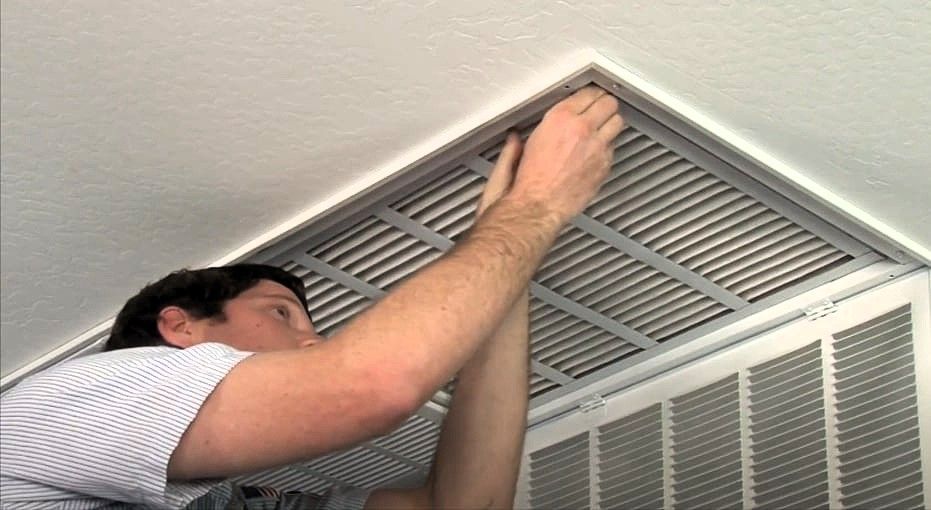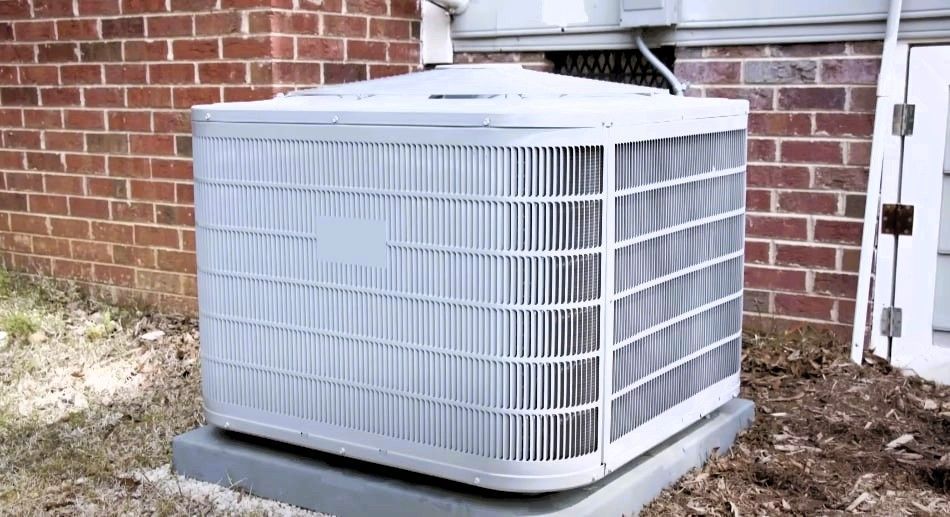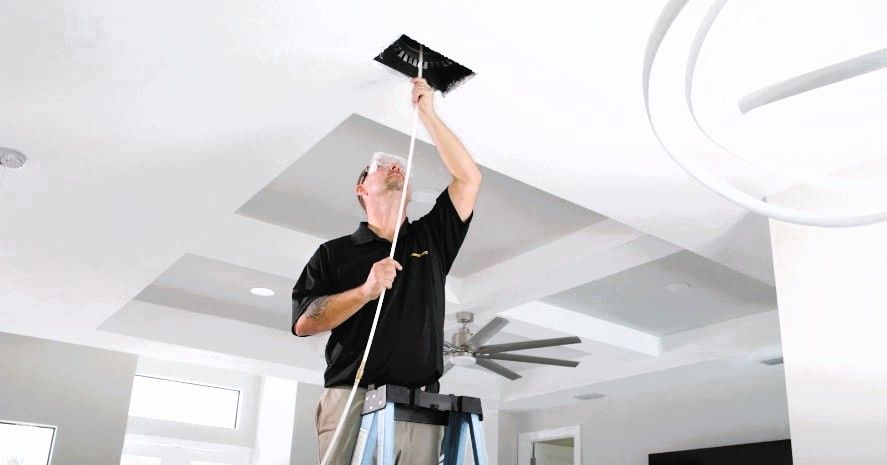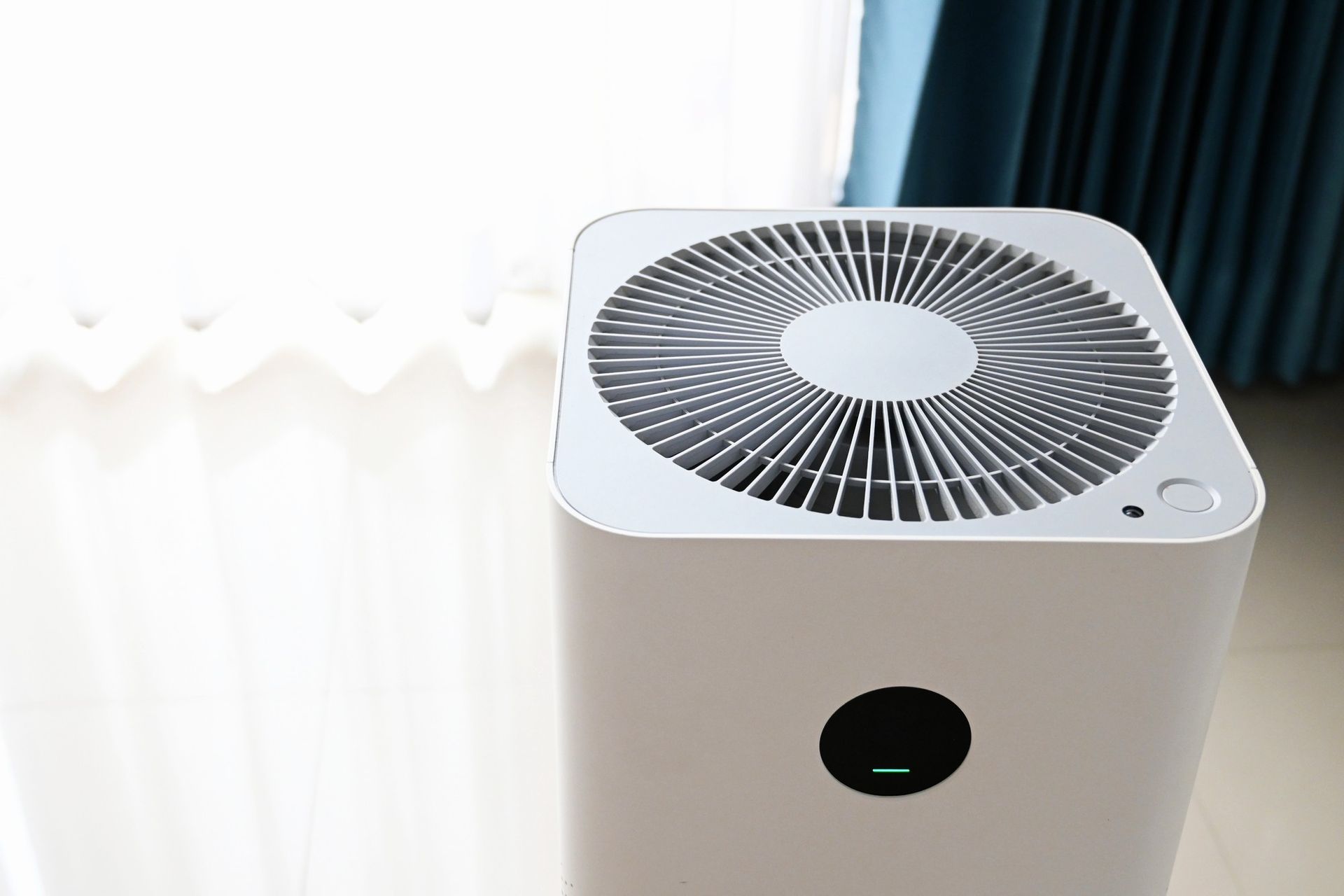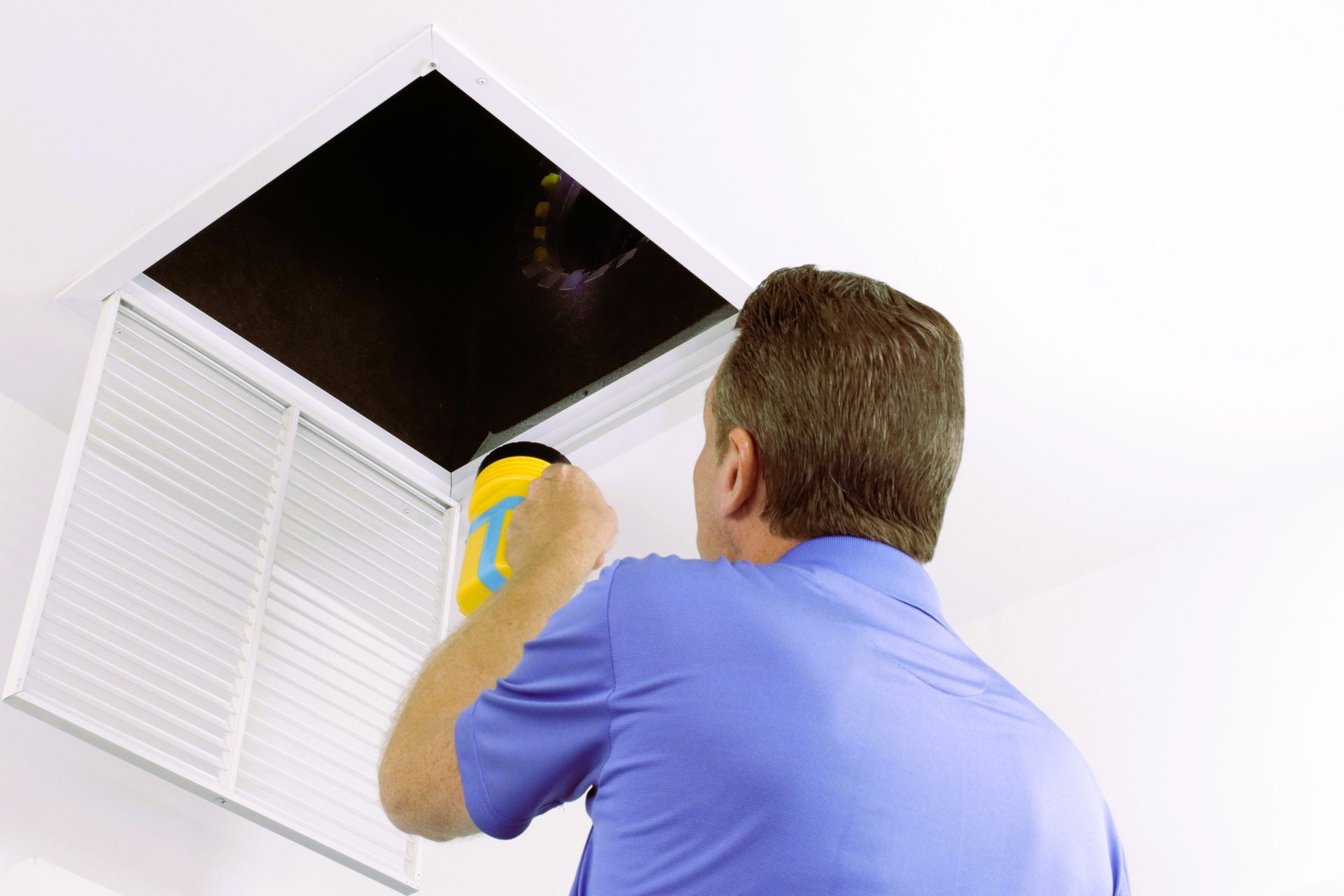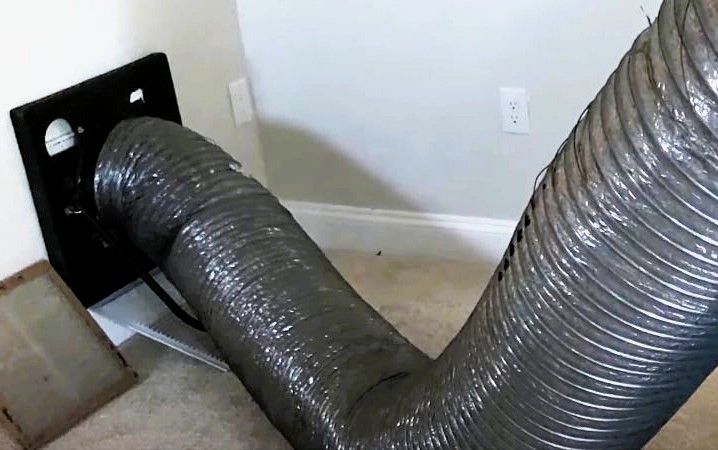8 HVAC Sounds You Shouldn’t Ignore (and What They Mean)
Identify and fix common HVAC noises before they turn into costly repairs
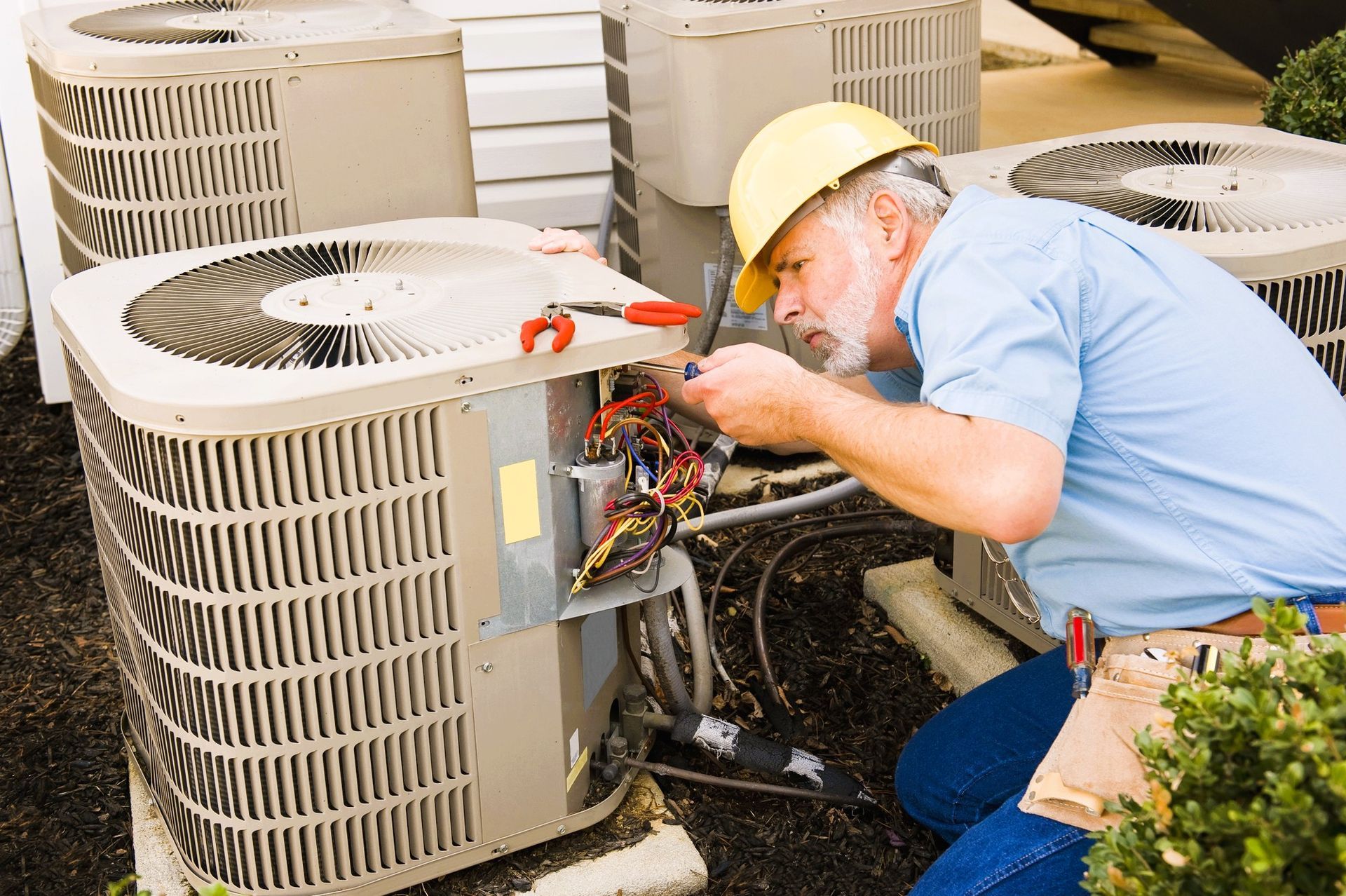
Your HVAC unit is probably one of the most demanding appliances in your house. But when it starts making odd noises, it’s not only distracting but potentially the first hint of trouble. If these sounds are picked up and fixed in the beginning, you could avoid expensive repairs or even replacement of the whole system. The following are 8 HVAC noises you shouldn’t ever ignore, why they might be there, and what to do about them.
1. Screeching or Squealing
What’s causing it? An audible squeal or screech could be the sign of a frayed fan belt in the blower or a motor that just needs lubrication.
What to do: Changing a fan belt is a relatively easy fix but also requires the right tools. If it’s a lubrication issue, use the appropriate lubricant or consult a professional. Reach out to an HVAC expert to address this before it worsens.
2. Rattling
What’s causing it? Loud rattling noises can indicate missing components on the motor or blower. On the more serious side, it might be a defective compressor clutch or deteriorating bearings.
Warning sign: If the rattle gets louder, a loose part may have already broken free, causing additional damage.
What to do: Don’t wait—schedule a technician’s inspection. They’ll identify and secure any loose parts to prevent further damage.
3. Popping
What’s causing it? Popping noises are likely the result of your metal ductwork expanding and contracting as warm air flows through it. While this is normal, repeated popping could indicate a bigger problem elsewhere in the system.
What to do: If it's a one-time occurrence, it's usually not a cause for concern. However, if it persists and the ducts aren't the issue, it's best to call a technician to investigate.
4. Buzzing
What’s causing it? This hum could be caused by a bad compressor, unbalanced vibrating components within your unit, or a refrigerant leak.
What to do: Have a professional examine your unit right away. Compressors and refrigerant leaks are not to be taken lightly.
5. Clicking
What’s causing it? Some clicking is normal, similar to the sound your computer makes when booting up or shutting down. However, constant clicking is a red flag and may indicate electrical control issues, faulty relays, or thermostat malfunction.
What to do: If the clicking persists or becomes distracting, call an HVAC expert. Electrical problems should be addressed early to prevent larger issues.
6. Booming
What’s causing it? A booming sound occurs when gas accumulates inside your furnace combustion chamber. This can be due to a pilot light failure or carbon deposits.
Why it’s dangerous: Once the gas ignites, it can damage the system and put your home at risk.
What to do: Restart your system and call a professional to inspect and clean it. Do not attempt to light the pilot light on your own.
7. High-Pitched Whistling
What’s causing it? A high-pitched whistle may indicate high refrigerant pressure or a damaged compressor.
What to do: Shut off power to the unit immediately! Then, schedule a professional repair. Ignoring this noise may lead to harmful refrigerant leaks.
8. Hissing
What’s causing it? Hissing typically occurs due to a ruptured refrigerant line, internal valve, or air duct.
What to do: Identify the source of the noise (such as the AC compressor, refrigerant line, or ductwork) and turn off power to the unit. Call a professional to repair the leak.
Don’t Miss Out on the Signs — Call Lakeshore Air Duct Cleaning Today!
You have a great HVAC system working to keep your home comfortable, and strange sounds are your system’s cry for help. These noises can be fixed before they cause major issues, saving you from spending thousands of dollars on repairs and ensuring your system runs properly.
If your HVAC system is making unusual noises, don’t wait—contact Lakeshore Air Duct Cleaning for a free, professional diagnostic and repair. Our skilled technicians are ready to assist you with all your HVAC needs. Don’t ignore the warning signs, give us a call today!
You might also like
Book a Service Today
We will get back to you as soon as possible
Please try again later
Efficient & Reliable
Location
Grand Haven, MI
Call
All Rights Reserved | This site is a free service to assist homeowners in connecting with local service contractors. All contractors are independent and this site does not warrant or guarantee any work performed. It is the responsibility of the homeowner to verify that the hired contractor furnishes the necessary license and insurance required for the work being performed. All persons depicted in a photo or video are actors or models and not contractors listed on this site.

